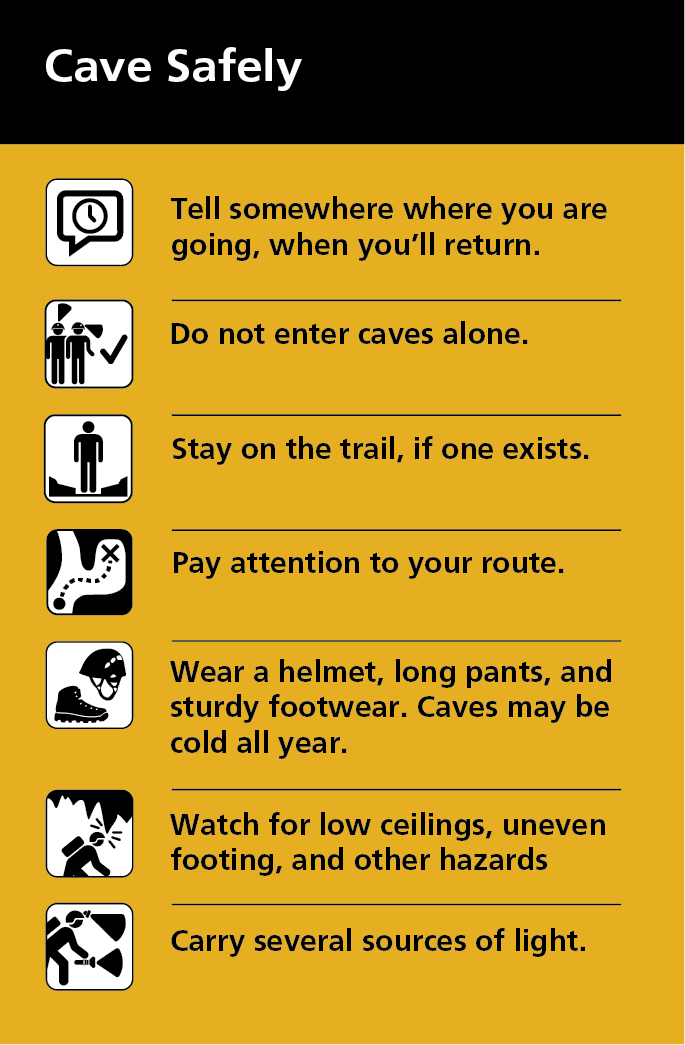This area might be called "The Medicine Lake Region near Mt. Shasta. For example, you can stand in the middle of Medicine Lake some years because usually it isn't very deep but this year it might be pretty full. But, in order to get there you have to drive 60 miles into the wilderness from Mt. Shasta and Interstate 5 down old Highway 89 which is kind of a trip in itself. Then you pass McCloud which is a very historical town that was once a Sawmill for the area. Then you have to go towards Medicine lake which as soon as you leave Highway 89 you likely won't get ANY cell phone signals at all.
So, in McCloud you should go to the Forest Service station there and buy a Forest Service Map of the area because (you really don't want to get lost out in this region because you might never be found.
For example, even in the summer I have driven out here and seen only one car drive by me all day. So, any illusion that someone might rescue you without any cell service at all might not work for you to survive this. So, being prepared with Water and food and tent and sleeping bags is important because even if it is 100 degrees or more during the day there likely it is going to go down near or past freezing (32 degrees Fahrenheit during the nights.
However, there is a lot that is interesting to see and explore there too like the Jot Dean Ice Cave which if you look for the signs you can often walk down into it if you are careful. Just remember the rocks in there are often volcanic and sharp. I remember falling and having to be very careful just before I lowered myself onto an underground frozen waterfall in that ice cave. There are also Lava tubes all over the place some safe and some not. Just don't get lost or have something cave in on you while spelunking in some of them.
If you drive far enough past Medicine Lake there are roads I took with my then 2000 RX300 Lexus sometime between 2000 and 2010 all the way from Lava Beds National Monument:
Lava Beds National Monument (U.S. National Park Service)

Safety First, Right?
Being underground is an entirely different experience from most visitor's day-to-day like above ground. You don't know what it's like until you've done it, and there's a few things you must do to keep yourself and your family safe while exploring. Here's a few things we have noticed that get people into trouble:
- Don't rely on your cellphone as a flashlight. Bring several "real" sources of light. We recommend both a headlamp and a handheld flashlight for each person. We often have flashlights to borrow at the Visitor Center.
- You have to protect your head with a helmet. The #1 injury we see are nasty cuts and bumps on the head, all of which are preventable and will definitely ruin your day. Basic helmets can be purchased from the bookstore in the Visitor Center at a fairly low cost.
- Keep your children close. There are steep stairs, uneven cave floors, and deep drop offs due to collapsed lava tubes. Little children may not recognize these as hazards. Please keep an eye on your children and do not let them wander ahead of you.
- Pick the right cave. Some caves are easier than others, depending on lots of factors - how high the ceiling is, how complex and confusing the cave's passages are, how rough the floor is for walking or scrambling, etc. Scroll down to see how we've ranked each cave so you can choose the right one for you. We recommend everybody new to caving starts at Mushpot Cave, a short walk from the Visitor Center and the only cave we have illuminated with lighting.
No comments:
Post a Comment